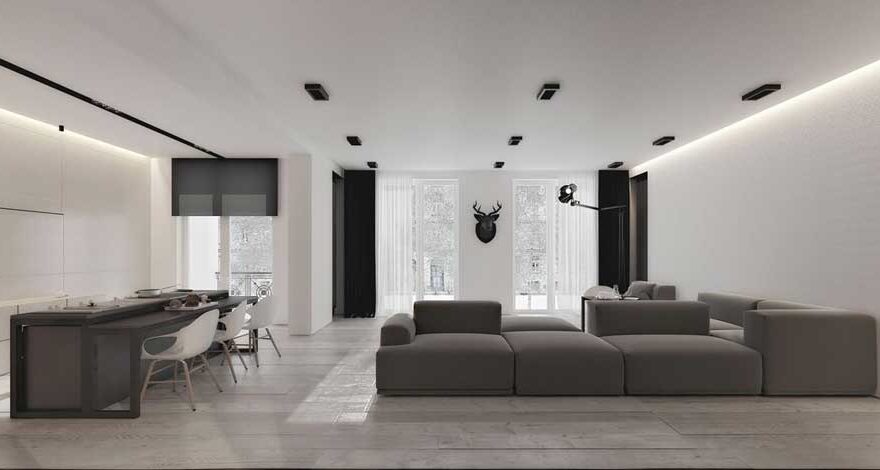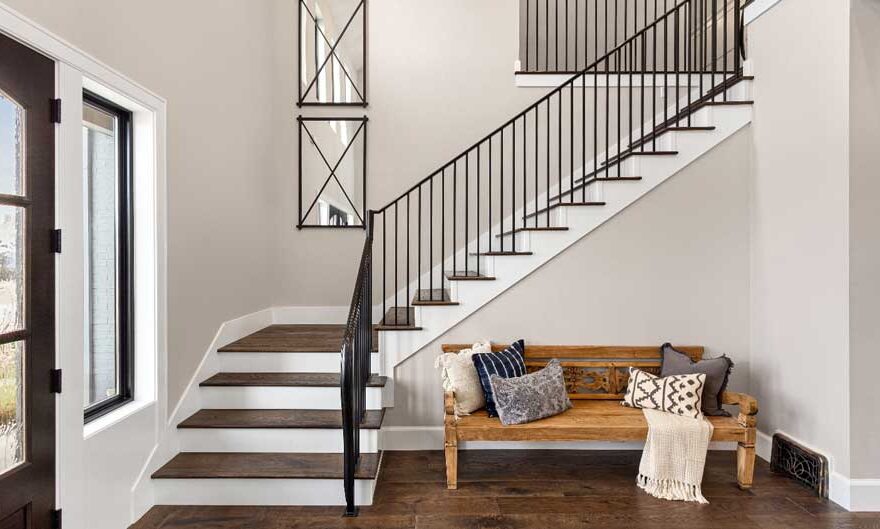Choosing the Perfect Office Sofa: Comfort Meets Corporate Style

While choosing the right office sofa might seem like a straightforward decision (pick something stylish, maybe match the company colors, and move on) when designing or upgrading an office space, that approach can result in wasted budgets, uncomfortable employees, and an impression that misses the mark with clients. Yes, aesthetics and price are obvious considerations, but there are several less obvious yet critical factors that play a huge role in making the perfect office sofa choice. Hence, ignoring them can lead to regret, inefficiency, and even ergonomic issues.
Space Efficiency and Scale
A common mistake is selecting a sofa that’s either too big or too small for the space. Beyond just measuring the available square footage, consider the room’s traffic flow, the sofa’s proximity to doors, and how it interacts with other furniture. Think vertically too. Too high backrests can visually crowd a small room.
Noise Absorption and Acoustic Impact
Yes, many people often miss this one. Soft furnishings like sofas play a subtle but important role in sound management within open offices. A well-padded seat can help absorb ambient noise, reducing echo and improving overall acoustic comfort.
If your office suffers from the dreaded “tin can” effect where conversations bounce around the room, incorporating the right kind of upholstered furniture, including the sofa, can help a great deal.
Maintenance and Cleanability
Spills and stains (coffee, ink, food, etc.) are inevitable in any office setting. Hence, stain-resistant materials would be your best bet. Leather and high-performance commercial-grade fabrics often offer better cleanability than standard residential options. Removable cushion covers, antimicrobial treatments, and darker color palettes are all great choices.
Ergonomics and Support
Comfort and support tend to take a back seat in the rush to find a stylish sofa. Yet, office sofas are frequently used by employees during breaks or informal meetings. Poor ergonomics can lead to posture-related discomfort and decreased satisfaction.
Choose a sofa that provides adequate lumbar support, maintains a healthy seating angle, and has cushions that don’t sink too much. While it might not be a task chair, the sofa still contributes to overall workplace wellness.
Brand Image and Client Perception
Your office furniture communicates a lot about your company culture and brand. A stiff, minimalist sofa may send a message of efficiency and professionalism, but might feel cold. On the other hand, a colorful, plush sofa might convey creativity and comfort, but could be seen as too casual.
Think about who will see and use the sofa- clients, partners, recruits- and how it reflects your company’s values. Align the design with your overall branding, not just your personal taste.
Flexibility and Mobility
Businesses evolve and so should furniture. Investing in a heavy, cumbersome sofa that’s hard to move might make future office reconfigurations difficult. Consider modular designs or lightweight builds that can adapt to changing needs, whether it’s a reorganization, relocation, or a pop-up collaborative space.
Some sofas even come with built-in power outlets and USB ports, allowing for functional flexibility in tech-driven workspaces.
Bottom Line
Choosing the perfect office sofa involves picking something that looks good and fits the budget. It’s about integrating comfort, function, image, and sustainability into one piece of furniture. By considering the factors discussed in this article, you can ensure your investment is suitable not just the space, but the people in it. Sure, the right sofa might not win any plaudits, but it contributes to a more comfortable, efficient, and professional office environment every single day.


